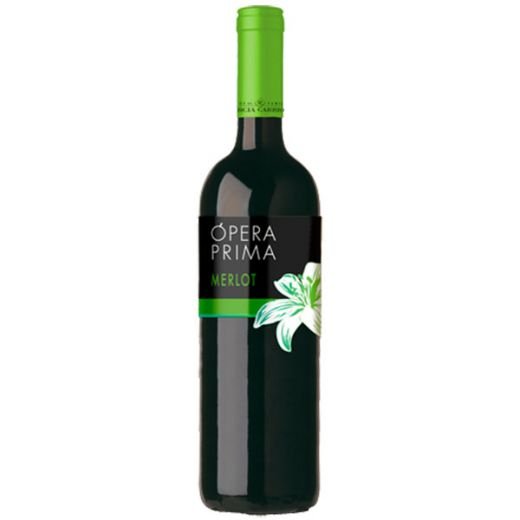Opera Prima Merlot
พันธุ์องุ่นผสม (Grape Blended)
รสสัมผัส (Palate)
สี (Colour)
กลิ่น (Aroma)
รสสัมผัส (Palate)



Tasting Notes :
A dark garnet color leads to aromas of plum, raspberry and blackberry with hints of spice and vanilla. In the mouth, it is full bodied and rich with ripe plums, cherry and red currant flavors. The finish is smooth and round.
Background :
The García Carrión family have been leading producers in Spain for many years. As part of the family philosophy of enabling consumers throughout the world to enjoy wine every day, they decided in 2008 to offer internationally styled varietals at great value prices. They established long term contracts in the world’s single largest region – La Mancha – where they have the availability to source a wide range of varietals. Because La Mancha is a demarcated region, D.O. in Spain, they are assured of quality standards that far exceed the typical country style wines offered in this pricing category.
Vineyards :
The land of Don Quixote has always been a major agricultural area in Spain. The region has a continental climate, so winters are very cold and summers are very hot. La Mancha is also quite dry because the mountains that surround the area block out the rain clouds. This forces the vines’ roots to grow very deep into the earth to reach La Mancha’s underground water table. From there the roots can draw moisture in this otherwise desert climate. Counter intuitively, a dry and infertile region where vines have to dig their roots deep into the soil, along with a marginal climate, equals an excellent area for growing grapes. That, along with the fact that J. García Carrion’s yields are well below those allowed by the region, ensures very high-quality fruit.
Vinification :
While good wine always starts in the vineyards and J. García Carrión goes to great lengths to ensure excellent fruit, they truly differentiate themselves in the winery. Their automated facility uses SAP business software to keep all materials in order for bottling. All of the non-winemaking duties are performed by computers. The winery is working toward more and more sustainable processes. Water used in the plant is recycled for use in irrigation. Even more interesting is that they are working toward creating their own electricity and off-set steam from production by-products as well. The wine warehouse is a much colder building and can hold 24,000 pallets. The warehouse Is also completely automated using robots, and all product ships within three weeks of packaging. They use radio frequency ID to track the pallets and their condition via microchip in real time. They are looking into this type of tracking down to the case level going forward. All of this investment in technology allows for great value pricing while at the same time positioning the winery as a leader in ecologically friendly production.



